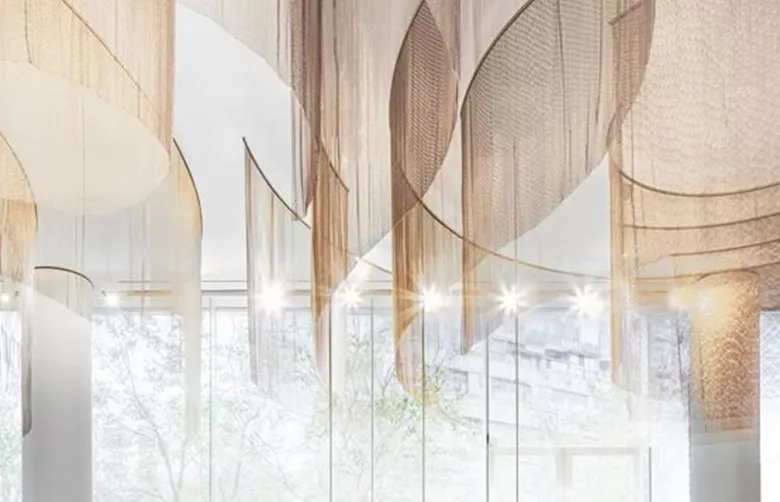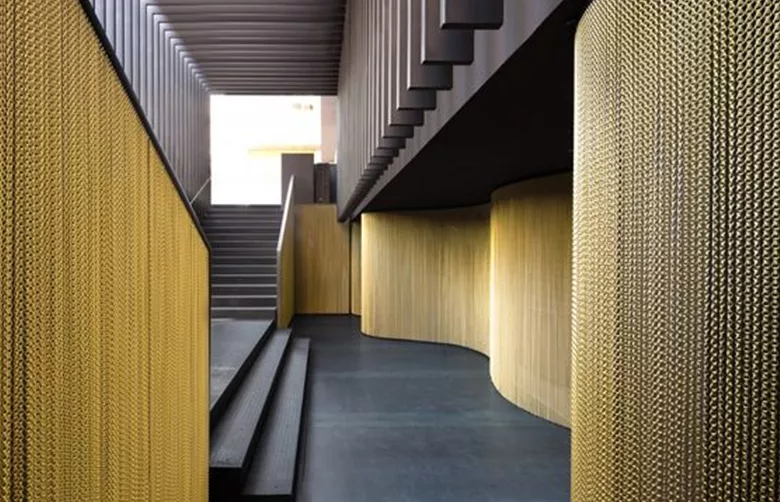-
About UsProductsCustomized SolutionProjectGalleryNews
textile metal mesh as a Versatile Material for Architectural Applications
Release time: October 13, 2023Textile metal mesh is a highly versatile material that is increasingly being used in architectural applications. With its unique combination of properties, including strength, flexibility, and aesthetics, it has become a material of choice for designers seeking to create functional and visually appealing structures. In this article, we will explore the various uses of textile metal mesh in architectural applications and its potential for future innovation.
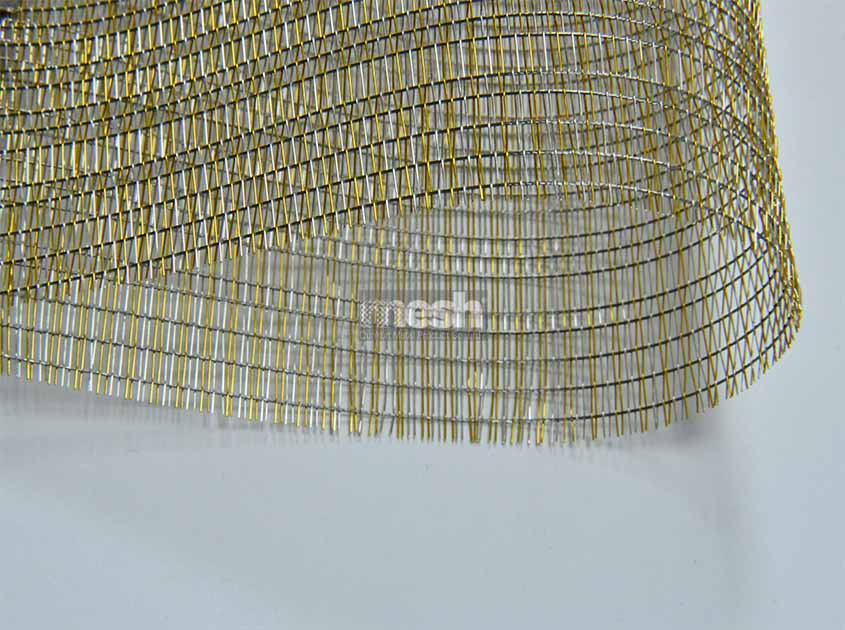
Firstly, textile metal mesh is widely used as a reinforcing material in concrete structures. Its open weave design allows concrete to flow through the mesh, improving the strength and durability of the structure. At the same time, the mesh's own strong mechanical properties also Improves the impact resistance and wear resistance of concrete.
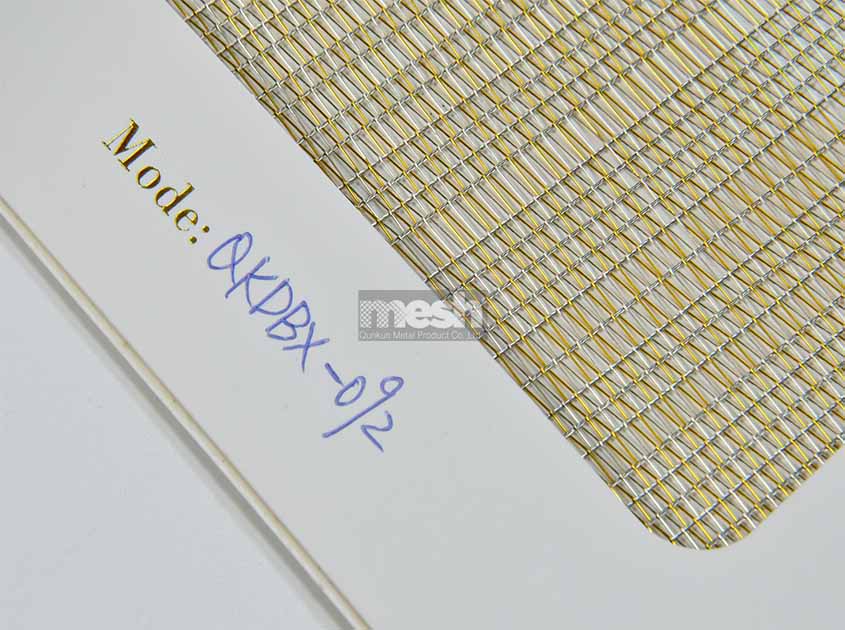
Secondly, the flexibility of textile metal mesh allows it to be used for a range of partitions and barriers. Designers can use it to create privacy screens, sound barriers, and partitions that separate spaces without impeding on the flow of light and air. The mesh's transparency also allows natural light to pass through, reducing the need for artificial lighting.
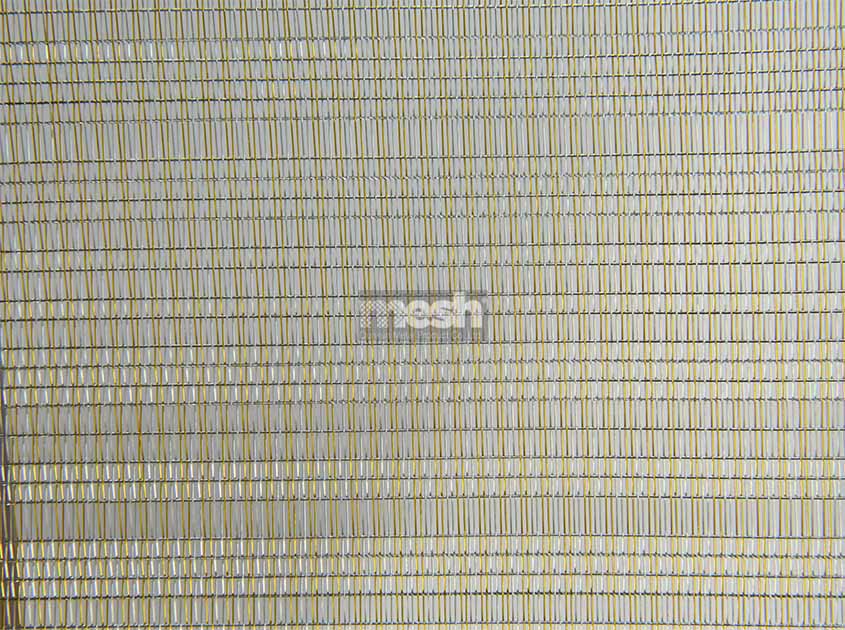
Thirdly, textured metal mesh has also been used in the production of green roofs and walls. Its ability to filter sunlight while still allowing moisture to pass through makes it an excellent choice for sustainable urban development. Green roofs and walls not only help to reduce the urban heat island effect but also provide habitats for biodiversity.
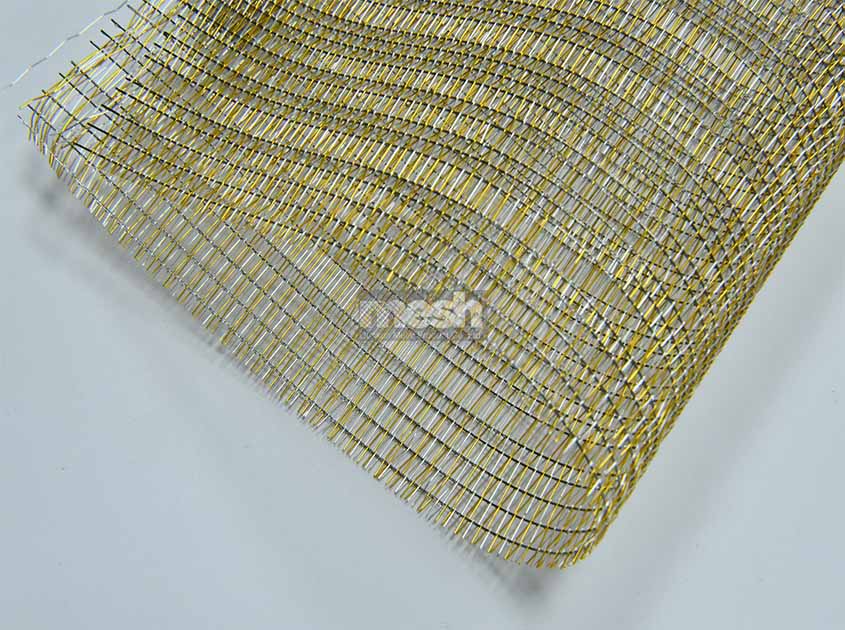
Finally, textile metal mesh aesthetic qualities have also been recognized by designers in the creation of sculptural and artistic installations. Its ability to transform light and shadow makes it a popular choice for installations that require a sense of movement and dynamism. Designers can weave the mesh into geometric patterns or manipulate it into freeform shapes that interact with light in captivating ways.
Recommended News



